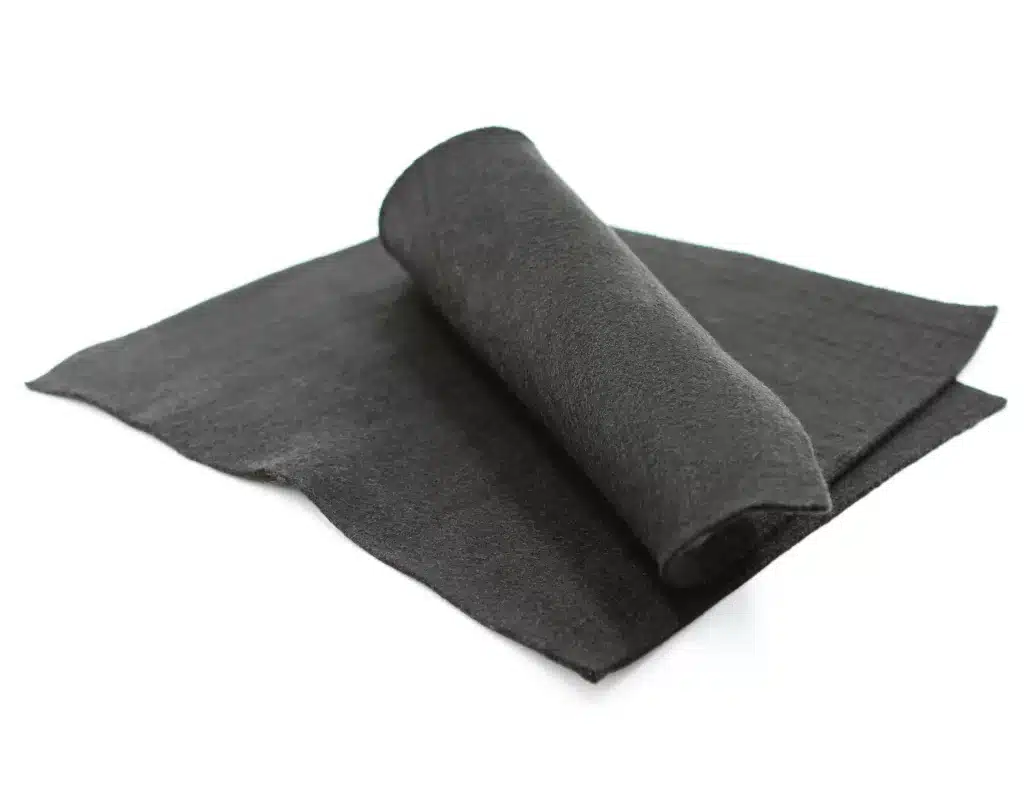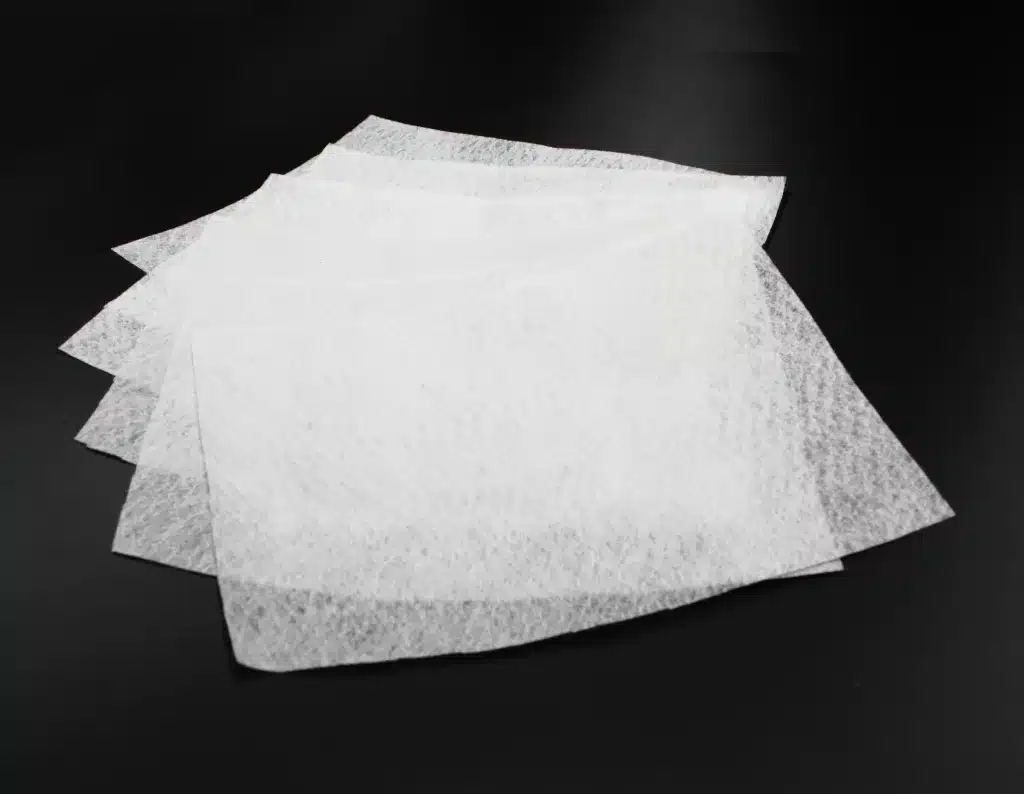+86-159 9860 6917
info@geofantex.com
geofantex@gmail.com
+86-400-8266163-44899
Geotextile erosion prevention products play a crucial role in safeguarding landscapes from soil erosion. These innovative materials are designed to provide support in both temporary and long-term applications, stabilizing soils and improving drainage in various environments. From protecting riverbanks to stabilizing construction sites, geotextiles are an effective tool in managing erosion, reducing environmental impact, and enhancing infrastructure durability. This article explores how these products function, their installation methods, and their role in soil stabilization.
How do geotextiles prevent erosion?
Geotextiles are permeable fabrics that allow water to flow through while providing a barrier that prevents soil movement. They prevent erosion by reinforcing the soil structure, stabilizing the surface, and reducing water flow velocity. When placed over or within the soil, they help distribute the pressure, preventing soil particles from being washed away by rain or wind. Additionally, they effectively cover the soil surface and reduce erosion from rainfall impact, further enhancing soil protection. Geotextiles are especially effective in areas prone to heavy rainfall, such as coastal regions, riverbanks, and steep slopes.

How do you secure geotextile fabric?
Securing geotextile fabric involves anchoring it firmly to the ground to ensure stability and effectiveness. This can be done using various methods, such as burying the edges under a layer of soil, using ground anchors, or securing it with staples or pins. Alternatively, you can secure the fabric with staples, pins, soil, or other suitable materials. For larger projects, geotextiles may be fastened using stakes or mechanical means to ensure the fabric remains in place throughout the duration of the project. It’s important to ensure the fabric is tensioned and that it covers the intended area adequately.
What is a geotextile sheet for slope protection?
Geotextile sheets for slope protection are specialized materials designed to enhance the stability of sloped terrains and prevent soil erosion caused by water runoff. The most common product in the family of geosynthetics is Geotextile Slope Protection Fabric. This product is a random assembly of synthetic fibers, put together, which are mechanically and thermally bonded to make it into a single layer. It is commonly made from non-woven polypropylene geotextiles or polyester types. These sheets provide an additional layer of defense against erosion by stabilizing the soil, improving drainage, and controlling water flow.
When applied to slopes, geotextile sheets serve several key functions. They stabilize the soil, ensuring that it remains intact even under the pressure of heavy rain or runoff. This stabilization helps reduce surface runoff, directing water flow in a controlled manner, which in turn prevents soil washout and the potential for landslides. Geotextile sheets also help improve drainage by allowing water to pass through while retaining the soil, which further reduces the risk of erosion.
The benefits of using geotextile sheets in slope protection are evident in their widespread application across various civil engineering projects. For instance, in road construction and embankment projects, geotextile sheets help prevent the erosion of slopes, ensuring that the infrastructure remains intact and safe. They also improve the overall longevity of these structures by reducing the impact of weather-related challenges. As a result, geotextile sheets play a critical role in maintaining the integrity of slopes and mitigating erosion risks in many construction settings.
Which type of geotextile is preferred in soil stabilization?
Soil stabilization is a critical process in civil engineering, designed to improve the strength and stability of the ground for various construction applications. A variety of geotextile materials are employed in this process, each with specific benefits and ideal uses. Among these, woven geotextiles are often the preferred choice due to their durability and high tensile strength, which make them ideal for projects where significant tension is required. Woven geotextiles excel in supporting both vertical and horizontal loads, making them particularly effective in enhancing soil stability in high-stress areas.
On the other hand, nonwoven geotextiles, while commonly used for filtration and drainage applications, can also serve in soil stabilization projects under the right conditions. They are not as strong in tension as woven geotextiles, but their ability to provide effective filtration and drainage can be advantageous in stabilization situations where water flow needs to be managed alongside soil reinforcement. Depending on the specific project requirements—such as soil type, drainage needs, and load conditions—nonwoven geotextiles can be a viable option for improving soil stability.
In conclusion, the choice between woven and nonwoven geotextiles depends on the specific needs of the project. Woven geotextiles are ideal for high-tension applications requiring substantial strength, while nonwoven geotextiles can be considered where drainage and filtration are key components of soil stabilization.
Geotextile erosion prevention products offer an invaluable solution to combat soil erosion, stabilize slopes, and improve drainage in a variety of environmental and construction settings. With their ability to reinforce soil, prevent erosion, and enhance the longevity of structures, these materials are essential in modern engineering projects. Understanding how geotextiles work and their proper installation ensures better outcomes for erosion control and sustainable land management. Exploring the best options for your specific needs can lead to more effective and lasting solutions.



Get Free Sample
We’ll respond as soon as possible(within 12 hours)






















